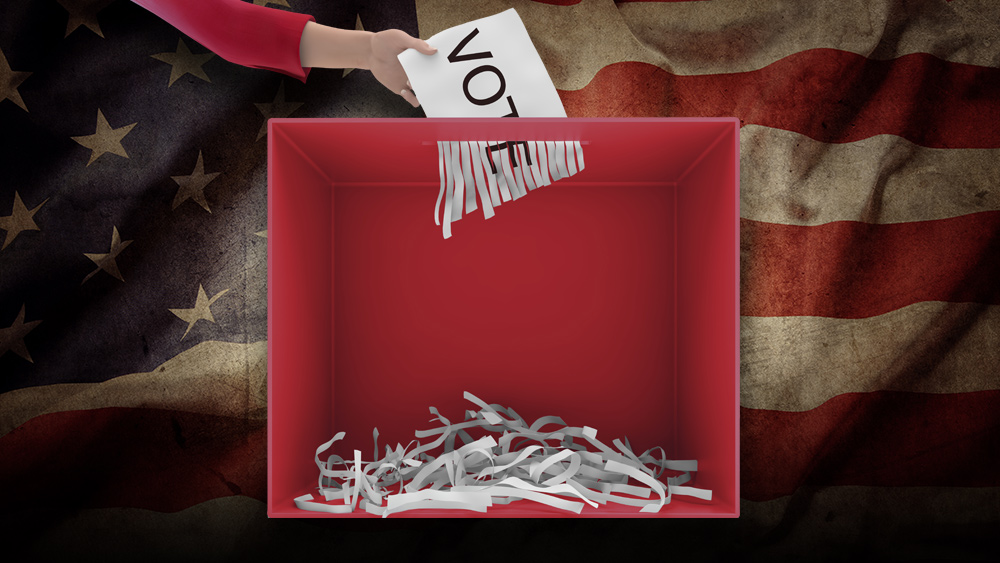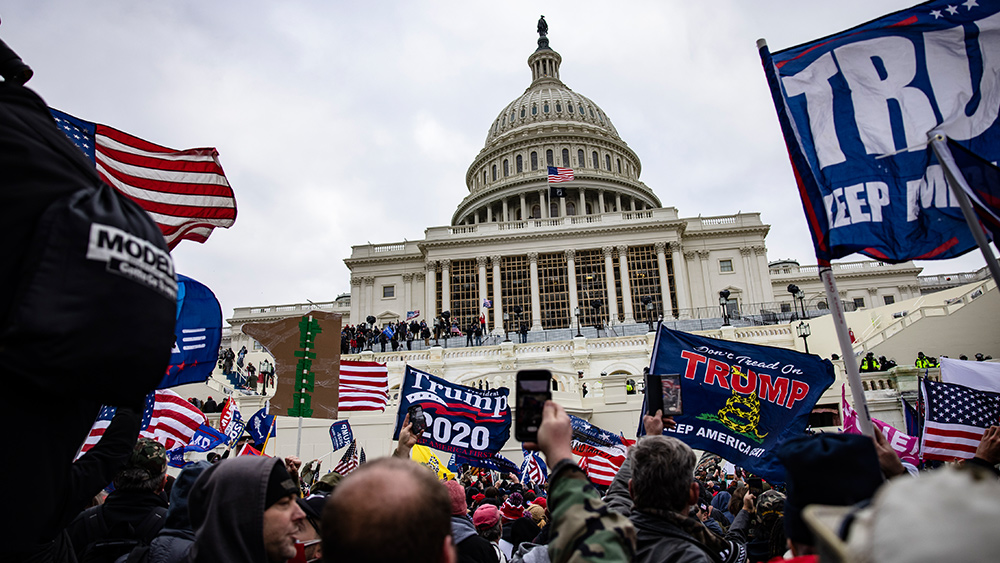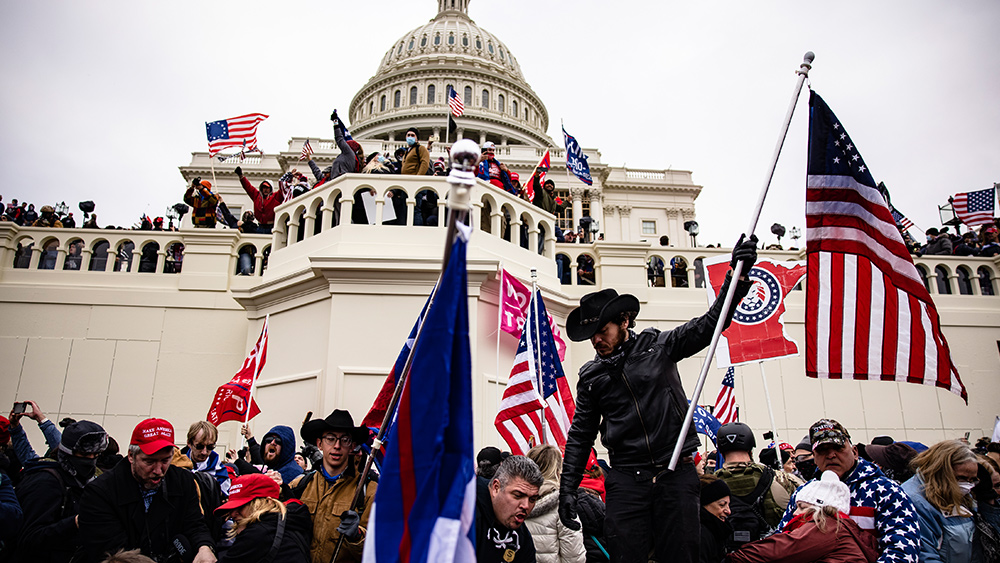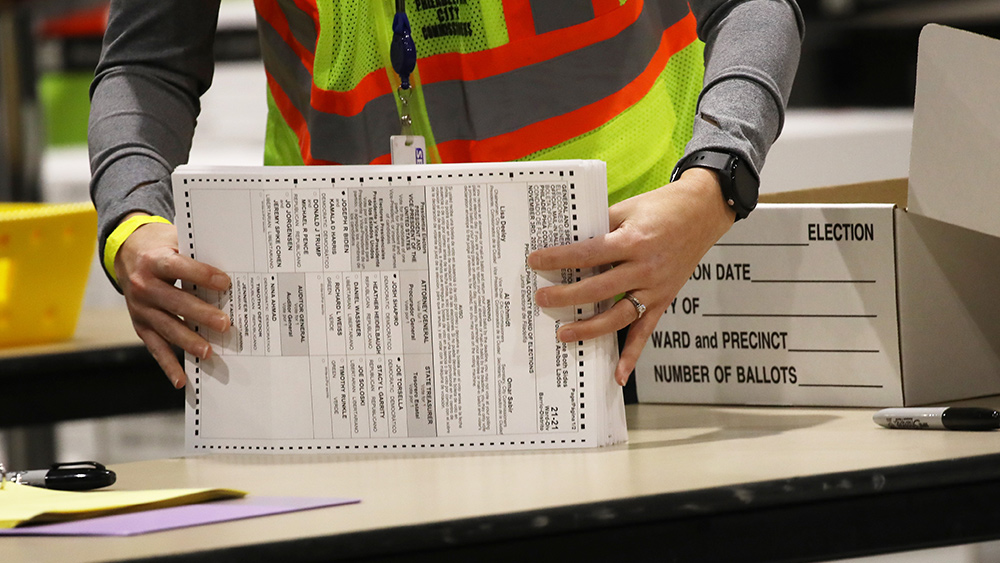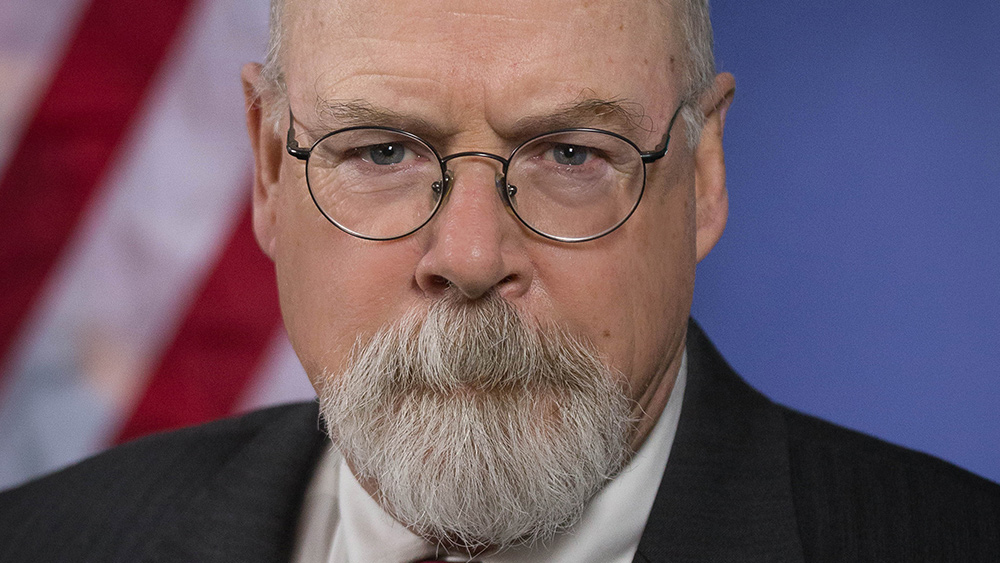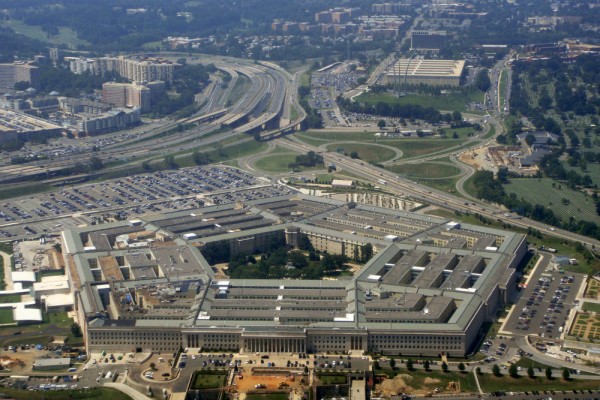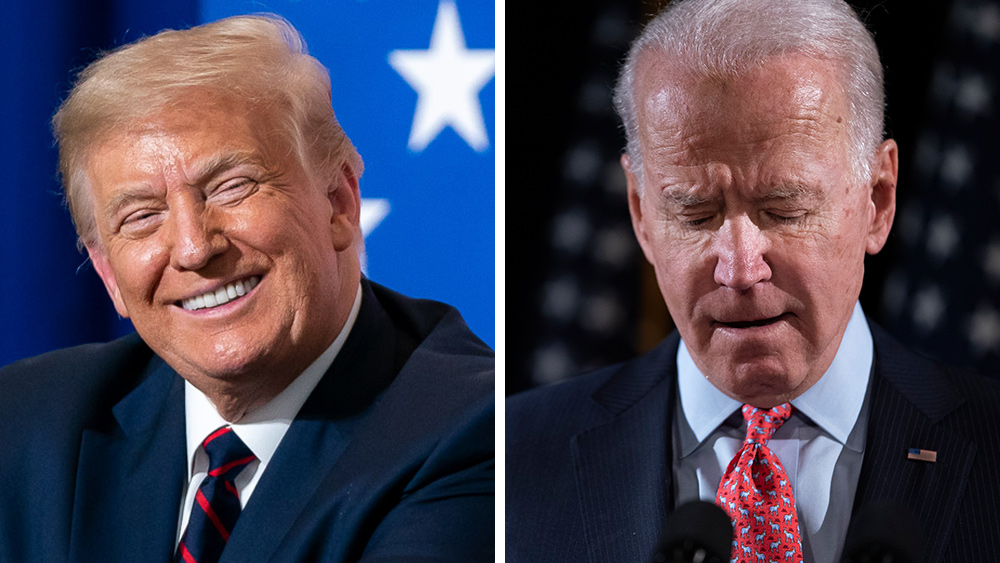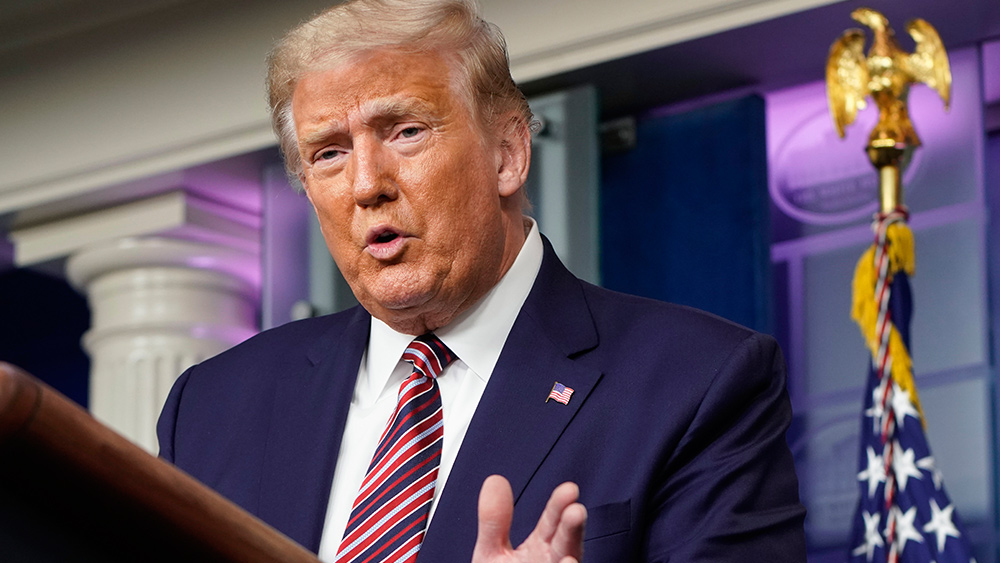President-elect Donald Trump says he loves NASA and that “space is terrific,” although “we’ve got to fix our potholes,” too. These statements—given to a 10-year-old boy who asked about NASA at an event in Manchester, New Hampshire in November 2015—would prove to be the most informative things Trump offered about the nation’s space program for most of his presidential campaign.
Almost a year later, as he campaigned along Florida’s “Space Coast” near NASA’s Kennedy Space Center, Trump offered more specifics about his space-policy plans, vowing to revitalize the agency through cost-saving partnerships with the burgeoning commercial space industry. According to an accompanying op-ed from the campaign, NASA under Trump would transform from “a logistics agency for low-Earth orbit activity” into a spaceflight powerhouse with the lofty goal of conducting “human exploration of our entire solar system by the end of this century.”
As of yet, Trump has made no further mention of space in his public statements or his 100-day agenda, discussing instead executive actions on trade, energy, national security, immigration and the economy. Indeed, as of this writing no members of Trump’s NASA transition team are known to have met with senior NASA officials, who have been awaiting the onset of discussions for weeks.
“Trump is different than anyone else we’ve ever elected in values and behavioral patterns,” says John Logsdon, a senior space-policy expert at George Washington University. “My logic tells me that someone campaigning to ‘Make America Great Again’ would look to the space program as one of those symbols of American greatness. But that’s just logic—there is very little evidence that’s actually the case. We still don’t really know who has the man’s ear on most any issue, so we can’t be too comfortable saying what he will or won’t do about almost anything.”
The actions Trump takes during his first presidential term could indeed dictate whether the United States ever does send astronauts to Mercury, Pluto and every place in between. Trump will take control of NASA just as the agency reaches a crossroads destined to define the nation’s civil space program for many years to come.
NASA last sent humans beyond Earth orbit in 1972, in the finale of its Apollo missions to the lunar surface. For decades afterward, the bulk of its budget went to space shuttles and building the International Space Station (ISS), confining astronauts to low-Earth orbit and leading critics to label NASA as an agency adrift. More recently, with its shuttles long retired and the construction of the ISS essentially complete, NASA received the opportunity for a fresh start. Under the preceding Bush and Obama administrations, NASA shifted to betting big on its future, making multibillion-dollar investments in new heavy-lift rockets, interplanetary spacecraft, Earth-observing satellites and stargazing space telescopes—all of which are scheduled to debut during Trump’s presidency. At the same time, NASA began to pour billions of dollars of stimulus into the private spaceflight industry, seeking to lower the costs of access to space by outsourcing routine rocket launches to commercial providers such as SpaceX.
These initiatives were meant to spark a new golden age of U.S. space science and exploration, which the Obama administration planned to begin with human missions to an asteroid in lunar orbit in the 2020s followed by voyages to Mars in the 2030s. Alternatively, some or all of those plans could be deliberately or inadvertently scrapped by Trump, who during his first 100 days in office pledges to pursue trillions of dollars in tax cuts as well as a decade-long trillion-dollar infrastructure program to upgrade America’s roads, bridges, tunnels and airports. If both proposals are enacted, the probable plunge in revenues and increase in expenditures would likely demand deep budget cuts throughout most of the federal government, potentially leaving NASA (and many other agencies) greatly diminished through precipitous drops in funding.
Of course, no one really knows which of Trump’s ever-changing and often-contradictory policy statements should be taken seriously. Will Trump’s grandiose 100-year vision for NASA endure his tenure in the White House and beyond? Will U.S. space exploration survive his promises to slash taxes and, yes, to fix potholes?
A Question of Leadership
After running a campaign built on promises to shake up Washington, Trump’s first 100 days in office are likely to be tumultuous for the federal government, but for NASA this may be more of a honeymoon period, a calm before a storm.
Perhaps the most telling development for Trump’s space policy plans will be his choice for NASA’s administrator, a position currently held by Obama appointee and former astronaut Charles Bolden. In keeping with tradition, Bolden will submit his resignation shortly after Trump takes office, giving the incoming president an opportunity to reject that resignation or to accept it and nominate someone new. If Trump were to pick a veteran NASA insider or an executive from old-school aerospace companies such as Boeing or Lockheed Martin, this could signal that his administration intends to preserve many ongoing programs. Chief among these would be NASA’s Space Launch System (SLS) heavy-lift rocket and its accompanying Orion crew capsule, which are both scheduled for first flights starting in late 2018. On the other hand, appointing a congressional budget hawk or a representative from SpaceX or other new space launch companies could foreshadow a reboot of the agency’s practices and priorities. There is, however, no guarantee Trump’s choice will come any time soon: Of the three most recent NASA administrators, only one was nominated within a president’s first 100 days in office.
The head of Trump’s NASA transition team was initially reported to be Mark Albrecht, an aerospace executive and policy analyst who served under President George H. W. Bush as the executive director of the National Space Council (NSC), an advisory body that coordinated U.S. civil, military and private-sector space activities. Albrecht was one of the architects of Bush’s “Space Exploration Initiative,” a short-lived effort from 1989 to send astronauts back to the moon and onward to Mars. Citing its enormous estimated costs, President Bill Clinton abandoned that program in 1993, as well as the NSC, which was dissolved by executive order in 1992. Albrecht’s potential leadership of the NASA transition would make sense, as the Trump campaign has stated it intends to resurrect the NSC.
However, on November 29 Trump’s team announced Albrecht had been assigned instead to work on the transition for the Department of Defense. Chris Shank, a former policy director for the House science subcommittee and former strategic planner at NASA, will be working on Trump’s NASA transition team. Shank’s potential leadership of the NASA transition hints that whatever changes President-elect Trump wishes to make at the space agency may well align with the whims of Republican majorities in Congress.
According to Robert Walker, a former congressman who co-authored the Trump campaign’s space-policy platform, whoever runs the NASA transition is likely to reconstitute the NSC as a key early task.
“In the first 100 days, we’ll probably see if the council is made real and populated with members,” Walker says. “That will be a very important signal of whether or not the space policy that was envisioned for the campaign is going to be implemented, because the council is its foundation point.” Even so, the NSC’s reemergence is not itself a blueprint for the future of U.S. space programs; rather, it is a plan to formulate a plan.
If Trump’s NSC follows the same framework as its earlier incarnations, it would be led by Vice President-elect Mike Pence, who paid lip-service to NASA and the civil space program during a campaign event in Florida in October. As for its other as-yet-unknown members, they would not be subject to Senate confirmation hearings despite their potentially profound influence on U.S. space policy.
According to Logsdon, because the NSC was dissolved via Bill Clinton’s executive order, Trump could reconstitute it with an executive order of his own. But before Trump could do that, he would likely need a budget to fund its activities. “The first 100 days will include a submission of a budget, and that budget will give important clues to the administration’s intentions,” Logsdon says. However, based on comments from Mitch McConnell, the Republican Senate Majority Leader, Trump’s budget might not take effect in the first 100 days of his presidency. The government currently is funded by a temporary “continuing resolution” that expires on December 9. McConnell has stated his preference to pass legislation before that expiration to fund the government through the current fiscal year, which ends in September 2017.
Funding Earth and Space Exploration
Regardless of when Trump’s first budget proposal arrives, it will undoubtedly alter the distribution of funding within NASA. Based on the campaign’s stated goals of shifting NASA to deep-space exploration, as well as the Republican Party’s general hostility toward studies of climate change, many experts believe Trump’s first budget will attack NASA’s $2 billion Earth science division. After receiving a 50 percent boost during the Obama administration, the budget for NASA’s Earth science division is likely to diminish under Trump, if it does not disappear entirely: Walker and other Trump campaign advisors have suggested that NASA’s fleet of Earth-observing satellites be shifted over to other agencies, such as the National Oceanic and Atmospheric Administration.
Reducing NASA’s emphasis on Earth science, Walker says, will free up more money for the agency to use in other scientific endeavors, such as launching probes to Jupiter’s icy ocean-bearing moon Europa, or building new space telescopes to study Earth-like planets around other stars as well as the origins of the universe. NASA’s existing crop of planetary-science and astrophysics missions such as the orbiters and rovers on Mars, or the soon-to-launch James Webb Space Telescope, presently enjoy broad bipartisan congressional support, and thus appear less likely to suffer from cuts in a Trump budget.
Similarly, the as yet uncompleted crown jewels of NASA’s human spaceflight program—the SLS rocket and its Orion capsule—are well-protected by powerful advocates in Congress, such as Senator Richard Shelby of Alabama, Senator Ted Cruz of Texas, and Senators Bill Nelson and Marco Rubio of Florida, who all have relevant NASA centers in their states. Cruz, Nelson and Rubio are sponsoring a bill presently under consideration by the Senate—the NASA Transition Authorization Act of 2016—meant to continue funding for the space agency’s portfolio of high-profile projects, including SLS, Orion, the ISS and the Webb space telescope. A budget proposing funding cuts for these projects in favor of, for instance, spending more money on contracts with SpaceX and other commercial launch providers would likely start an ugly congressional battle the Trump administration would not be guaranteed to win.
The same cannot be said, however, for one of the Obama administration’s central NASA initiatives: the Asteroid Redirect Mission (ARM), a proposal to use SLS, Orion and other assets under development to tug a small space rock into high lunar orbit where it could be visited and studied by astronauts. Republicans in Congress have made no secret that they consider ARM a waste of time and money, and have put forth legislation (yet to be passed) prohibiting NASA from funding it. Given that lack of congressional support, Logsdon says, Trump could kill ARM simply by not mentioning it in his budget. Alternatively, he could sign an executive order forbidding NASA from working on it.
What is certain, Walker says, is that Trump’s “space policy doesn’t contemplate any real increases in NASA’s spending.”, It will likely have to accomplish all that it is being asked to do now and in the future without significant boosts to its bottom line, and with the distinct possibility of deep budget cuts. And that, more than anything else, could be very bad news for the space agency and its programs.
“Trump’s plans for trillions of dollars in tax cuts and for spending programs of a similar massive scale, as well as the reinstitution of ‘sequestration’ cuts across all federal agencies, could push non-defense discretionary spending to its lowest point in modern history,” says Casey Dreier, director of space policy at The Planetary Society. The federal budget is presently about $4 trillion per year, with $3 trillion going to mandatory spending on social programs. Of the remaining $1 trillion, more than half goes to national defense, leaving the “non-defense” remainder of the discretionary budget to fund every other activity of the federal government, whether that is launching rockets or building roads.
To the ISS and Beyond
Logsdon cautions that a Trump presidency represents uncharted waters for NASA and other federal agencies. Nowhere is this clearer than in the ongoing debate over how NASA should handle its involvement in the International Space Station, and where it should next send humans.
By purchasing seats for U.S. astronauts on Russia’s Soyuz rockets, the agency currently maintains a crew on the ISS, but NASA’s present plans call for retiring or withdrawing from the space station in 2024. Trump’s space-policy platform suggested much of NASA’s role of resupplying the ISS with crew and cargo could be taken over by private companies and additional international partners, and that the station itself could be refurbished and kept flying far beyond the 2024 deadline. That would free up funds to continue NASA’s Obama-era journey to Mars, or, perhaps more likely, to delay Mars in favor of using the SLS and Orion to first perform stepping-stone missions back to the moon.
Technically, shifting from Mars back to the moon would be simple, Dreier says. “The SLS was designed with a capability-driven approach, without a destination in mind, so you could pivot to the moon from Mars and keep the majority of your programmatic elements.” That approach may be favored by the Trump administration, in part due to the influence of Newt Gingrich, a former Speaker of the House and staunch Trump ally who has long advocated a return to the moon.
The complex geopolitics of managing such a transition, however, could prove prohibitive. While NASA is likely to soon have a very capable rocket and a crew capsule, it lacks funding or direction to develop landers to bring astronauts to the lunar—or to the Martian—surface. Walker personally proffers China as an example of a powerful potential partner that could secure the future of the ISS and help fund and build landers for international human missions to other worlds, but congressional legislation presently prohibits NASA from working with China at all. Given Trump’s campaign rhetoric that stoked the possibility of trade and even military conflicts with China, it’s hard to say if he would collaborate with that nation in space. Conversely, Trump’s positive statements about Russian president Vladimir Putin could conceivably contribute to an even stronger space-exploration partnership between the U.S. and Russia that extends beyond the ISS.
Whether NASA under Trump will stay the course set forth by preceding presidents or seek out an altogether different approach is anyone’s guess. In theory, hitting the reset button on NASA’s plans could spur transformative growth and development in space. In practice, however, scrapping many of the programs already underway would squander billions of dollars already spent and likely leave the agency adrift again. What is certain is that, as the agency approaches the threshold of a new era, an old adage attributed to its first human spaceflights of the 1960s is likely to define its fate: no bucks, no Buck Rogers. Without sustained support from Trump during the entirety of his presidency—not just the first 100 days—NASA is likely to go nowhere in particular anytime soon.
“As much as Trump or anyone else might like NASA, the reality is that it is very rarely a driver of politics,” Dreier says. “It just grows and shrinks with larger trends, and the trend for discretionary spending is going down.… Based on what we know now, that means NASA is facing a very difficult if not bleak future.”
Read more at: www.scientificamerican.com





